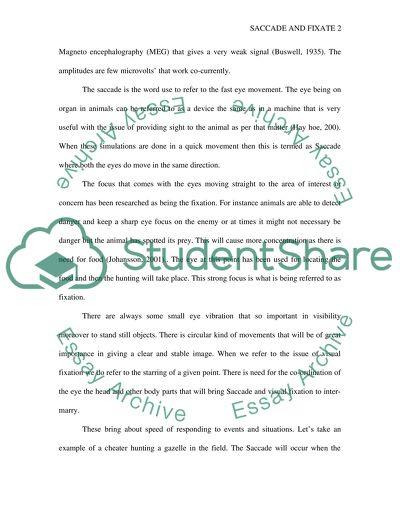Cite this document
(“Animals with a saccade and fixate eye movements strategy. Why should Essay”, n.d.)
Retrieved from https://studentshare.org/biology/1475313-animals-with-a-saccade-and-fixate-eye-movements-strategy-why-should-this-be-so
Retrieved from https://studentshare.org/biology/1475313-animals-with-a-saccade-and-fixate-eye-movements-strategy-why-should-this-be-so
(Animals With a Saccade and Fixate Eye Movements Strategy. Why Should Essay)
https://studentshare.org/biology/1475313-animals-with-a-saccade-and-fixate-eye-movements-strategy-why-should-this-be-so.
https://studentshare.org/biology/1475313-animals-with-a-saccade-and-fixate-eye-movements-strategy-why-should-this-be-so.
“Animals With a Saccade and Fixate Eye Movements Strategy. Why Should Essay”, n.d. https://studentshare.org/biology/1475313-animals-with-a-saccade-and-fixate-eye-movements-strategy-why-should-this-be-so.


